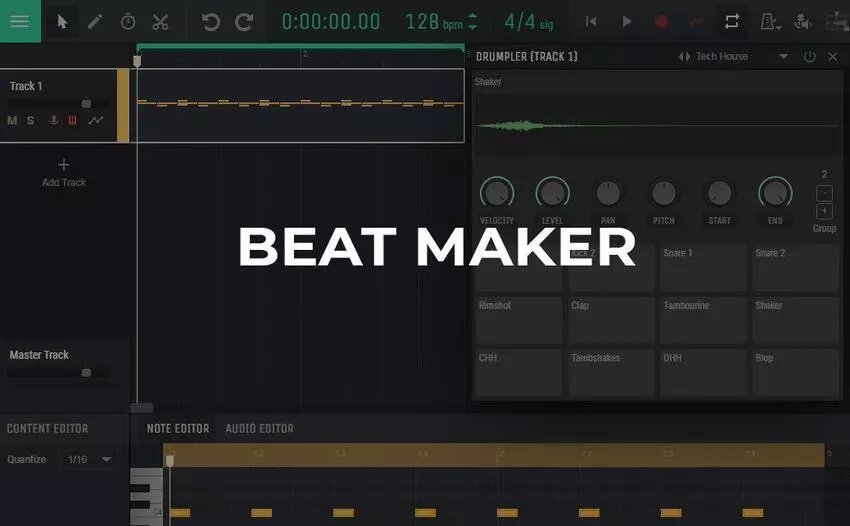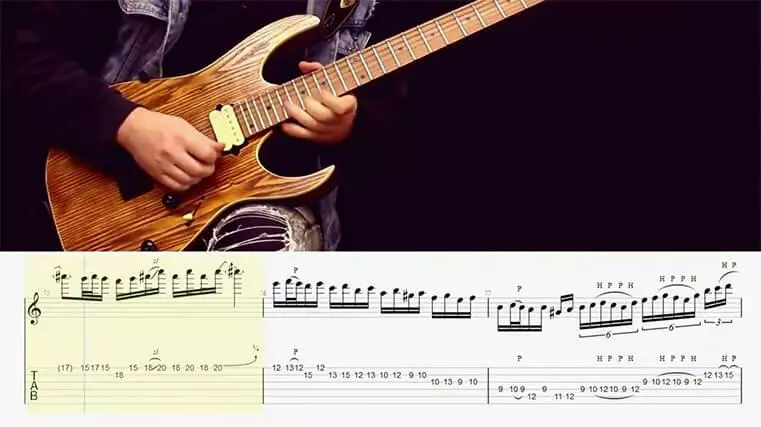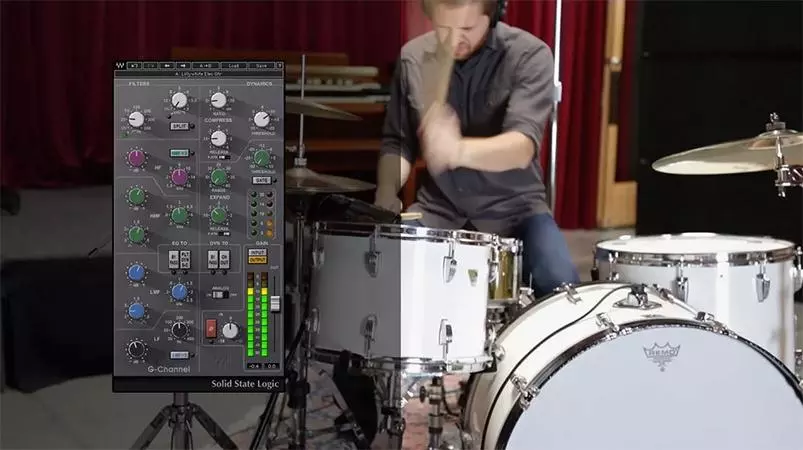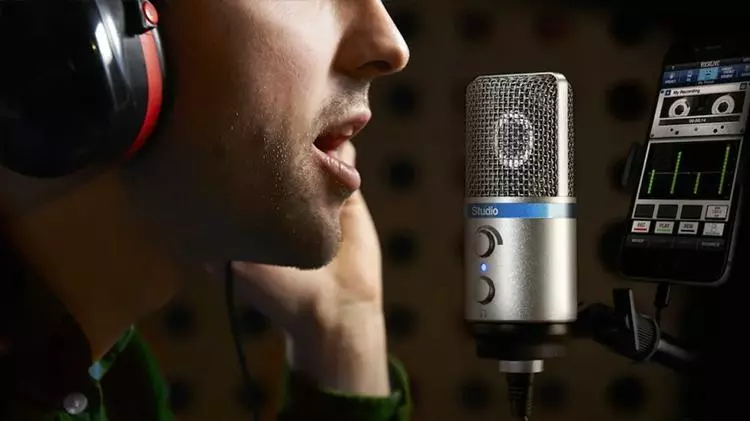Wavetable Synthesis
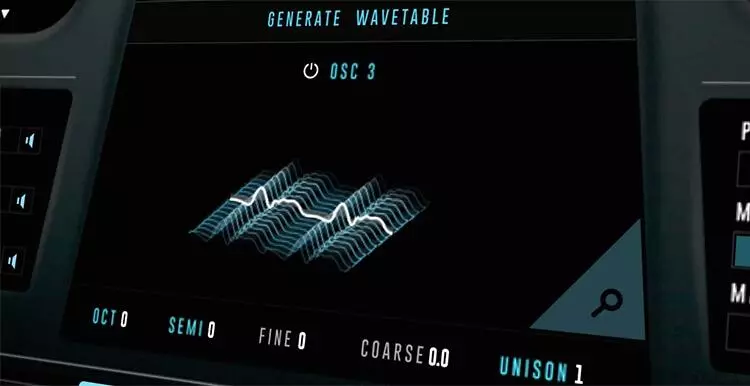
You can create music with synthesizers and related software in a number of ways. One of them is wavetable synthesis. In some ways, it is similar to writing tracks with the help of samples. The main difference is the use of a single oscillation-wave period (cyclic playback of a particular sound). It happens by pressing a certain key on the synthesizer.
In this article, we will help you to understand the process referred to as wavetable synthesis.
Wavetable Synthesis Principle
A slightly complex to understand, but very simple in practice way of generating sounds for various compositions. The diminutive form of a sample, its separate fragment, by which the spectral characteristic of the sound is transmitted. Through the changes in dynamics, amplitude, and other characteristics.
We have dealt with waves. Why “table”? It is all about the arrangement of waveforms, which are in the memory of the instrument – in the form of a matrix, which is called a table in common parlance.
In practice, it happens the following way: the synthesizer extracts a particular waveform from the matrix (table) and loops it. A certain time interval is selected, as well as the speed of playback.
Reasons Of The Popularity Of The Wavetable Engine
Why does the method of sound reproduction by means of wavetable synthesis, created in the 80s of the XX century, not lose its relevance today?
- it is a flexible method (easily customizable with set values);
- it does not require a lot of resources (less RAM and disk space is required);
- the ability to quickly form the desired signal from asymmetric and complex waveforms;
- suitable for working with complex, constantly changing textures;
- сlearer, brighter sounds and their combinations (e.g., dynamic pads, expressive beats, and basses, ultra-fast “attacks”).
All this is possible due to the tabular reproduction of waveforms rather than the reproduction of individual static samples.
Confusion With Sample-Based Synthesis And Digital Wave Synthesis
To better understand the difference, let’s briefly describe sampling synthesis. Basically, it is the same as playing back a sound but based on a pre-recorded sample. Such blanks can vary greatly in their sound, the instruments used, and the type. When you play them back, you set certain settings on the synthesizer.
Since this synthesis is actually a full sound of a musical instrument (and sometimes several at once), this method requires a lot of RAM, serious computer resources, and a lot of free space on the file drive.
Whereas sampler synthesis represents the playback of a specific piece of audio material, wavetable synthesis is based on the cyclic playback of a table set. Different frequencies of such a waveform are achieved by varying the rate. The circuit for forming such a signal (waveform) is reproduced using an analog oscillator.
The main difference between digital and sampled sound is the possibility to transform or develop the wave sound. Including the possibility to do that via VST plugins or other ways.
Variations In The Application of Wavetable Synthesis
These or other techniques of synthesized sound extraction are determined by the purpose. One way is used for an electronic music track, another one for more melodic versions. In some cases, simpler methods are used, such as changing the playback speed, pitch, and treble of the sound. So, for example, the sound as a result of changing pitch becomes more unusual and unnatural.
In a standard form, the process is the following. Waveforms (table) are mixed, recorded into the instrument’s memory, and subsequently processed with special filters and effects.
Thanks to the very similar to real instruments sounds, wavetable synthesis is often used to imitate acoustic musical instruments, but in a particular form. We are talking about very complex synthetic tonalities like leads, basses, pads, and keyboard instrument sounds. The presence of such sounds in modern pop and electronic music is very common in completely different genres.
Wave Types In Wavetable Synthesis
You can create a truly limitless number of sounds and effects with the help of synthesizers (software and instrumental). Various tools are used for synthesizing (extracting) sounds. Few people think about it deeply, but such synthesized sounds are used almost everywhere (advertising, videos, movies, music). It is used in almost any sound. Sometimes even professionals cannot tell the difference between the real sound (reference) and the synthesized one.
The wavetable synthesis is suitable as a method of generating sound using the principle described above. In a standard form, the wave types (forms) are the following:
- Triangle: soft sound and some inherent elements of the saw;
- Sawtooth: complex harmonic due to even and odd elements. Characteristic sound due to multiple sinusoids. Often used in electronic music, especially in trance;
- Square: The characteristic feature is the fuzzy harmonics. Some people point out metallic “notes”;
- Sine: a specific wave of a simple form without harmonics.
Examples Of Wavetable Synthesizers
If we consider the companies that produce instrumental synthesizers in the Wavetable Synthesis format, they are the well-known Wave manufacturers are Waldorf. They use both analog and digital filters. We will present popular software tools below.
NI Massive, xfer Serum
These two synthesizers are presented in a bundle because of the expanded horizon of quality sound synthesis. Used for the most complex and unusual projects. Significantly change the sound of a wide variety of waveforms.
Waldorf Blofeld
Waldorf has long been known for producing quality synthesizers. The manufacturer pays special attention to the implementation of the principle of wavetable synthesis. With this synthesizer, composers can easily reproduce non-standard bass or specific percussion sound. A number of acoustic instruments like the flute or other strings can be easily imitated.
Modal Argon8
This is another noteworthy synthesizer model that constantly hits the tops. Among the key features is a simplified interface that even a person who does not have a deep knowledge of sound and music synthesis can figure out. Editing the original tone is easy. This synthesizer is often used when processing complex trembles.
Xfer Serum
One of the most popular software synthesizers with wavetable synthesis functionality. This variant is characterized by the availability of multiple presets, manuals. Thanks to a wide community, you can ask your questions and get answers from skilled users.
Arturia Pigments 3
The third version of the famous synthesizer with extended functionality. There are 160 tables, on the basis of which the built-in “engine” operates. If you need an increased number of waveforms and matrices, you should choose ASM Hydrasynth or another analogue.
Conclusion
Wavetable synthesis greatly expands the possibilities for composers, audio engineers, and sound engineers. All of these specialists can be referred to by a single term: sound designer. Such experts are engaged in the extraction of clearer, brighter, and non-standard sounds by the means of the method described in the article, without spending a large amount of RAM and computer resources. It is important to distinguish the wavetable method from the sampled synthesis, which allows you to work with a larger sound palette. The popularity of the Wavetable “engine” is due to its flexibility, versatility, and wide possibilities. A widespread method of sound synthesis which gains more and more popularity.




